N-(PHENYLTHIO)PHTHALIMIDE
- CAS NO.:14204-27-4
- Empirical Formula: C14H9NO2S
- Molecular Weight: 255.29
- MDL number: MFCD00192396
- SAFETY DATA SHEET (SDS)
- Update Date: 2023-04-23 13:52:06
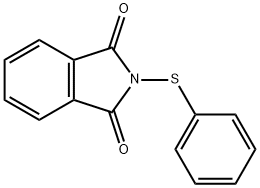
What is N-(PHENYLTHIO)PHTHALIMIDE?
Preparation
(a) Preparation of benzenesulfenyl chloride. To a stirred solution of 55 gm (0.5 mole) of benzene thiol in 300 ml of η -pentane at 0°C is added chlorine gas until an assay (GC) of the resulting red-orange solution shows quantitative conversion to the sulfenyl chloride. The reaction usually requires about 39 gm (0.6 mole) of chlorine.
(b) Reaction of benzenesulfenyl chloride with phthalimide. To a stirred solution of 73.5 gm (0.5 mole) of phthalimide in 200 ml of dimethylforma-mide is first added 60 gm (0.6 mole) of triethylamine. Then the sulfenyl chloride solution from (a) is slowly added dropwise. The reaction mixture is stirred for \ hr, poured into 2 liters of cold water, filtered, and dried to afford 121 gm (95%), m.p. 160-161°C (recrystallized from ethanol).
Complex imides such as camphorimide and 9,10-dihydroanthracene-9,10-endo-a,/3-succinimide have been alkylated in methylene dichloride with alkyl halides, using tetrabutylammonium bromide as a phase-transfer catalyst and aqueous potassium hydroxide as a base.

Properties of N-(PHENYLTHIO)PHTHALIMIDE
| Melting point: | 160-163 °C(lit.) |
| Boiling point: | 432.2±28.0 °C(Predicted) |
| Density | 1.42±0.1 g/cm3(Predicted) |
| storage temp. | Sealed in dry,Room Temperature |
| solubility | DMSO: soluble25mg/mL, clear, yellow |
| form | powder to crystal |
| pka | -3.05±0.20(Predicted) |
| color | White to Light yellow |
| CAS DataBase Reference | 14204-27-4 |
Safety information for N-(PHENYLTHIO)PHTHALIMIDE
| Signal word | Warning |
| Pictogram(s) |
 Exclamation Mark Irritant GHS07 |
| GHS Hazard Statements |
H302:Acute toxicity,oral H315:Skin corrosion/irritation H319:Serious eye damage/eye irritation H335:Specific target organ toxicity, single exposure;Respiratory tract irritation |
| Precautionary Statement Codes |
P261:Avoid breathing dust/fume/gas/mist/vapours/spray. P305+P351+P338:IF IN EYES: Rinse cautiously with water for several minutes. Remove contact lenses, if present and easy to do. Continuerinsing. |
Computed Descriptors for N-(PHENYLTHIO)PHTHALIMIDE
New Products
Tert-butyl bis(2-chloroethyl)carbamate (S)-3-Aminobutanenitrile hydrochloride N-Boc-D-alaninol N-BOC-D/L-ALANINOL N-octanoyl benzotriazole 4-Hydrazinobenzoic acid 3,4-Dibenzyloxybenzaldehyde 1,1’-CARBONYLDIIMIDAZOLE R-2-BENZYLOXY PROPIONIC ACID 1,1’-CARBONYLDI (1,2-4 TRIAZOLE) 4-HYDROXY BENZYL ALCOHOL 3-NITRO-2-METHYL ANILINE (2-Hydroxyphenyl)acetonitrile 4-Bromopyrazole 5-BROMO-2CYANO PYRIDINE 5,6-Dimethoxyindanone 5-broMo-2-chloro-N-cyclopentylpyriMidin-4-aMine 4-methoxy-3,5-dinitropyridine 2-(Cyanocyclohexyl)acetic acid 2-aminopropyl benzoate hydrochloride 1-(4-(aminomethyl)benzyl)urea hydrochloride tert-butyl 4- (ureidomethyl)benzylcarbamate diethyl 2-(2-((tertbutoxycarbonyl)amino) ethyl)malonate Ethyl-2-chloro((4-methoxyphenyl)hydrazono)acetateRelated products of tetrahydrofuran
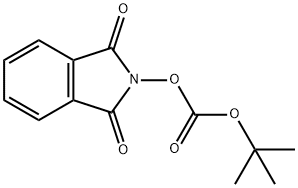
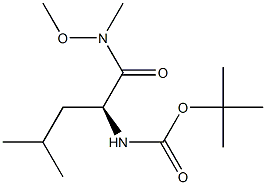
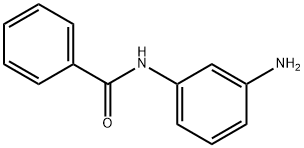


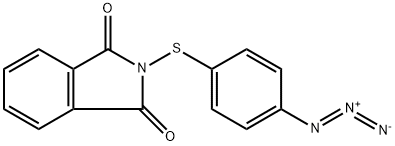

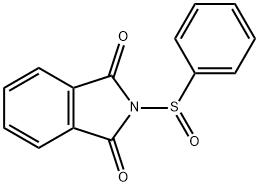
You may like
-
 N-(Phenylthio)phthalimide 95% CAS 14204-27-4View Details
N-(Phenylthio)phthalimide 95% CAS 14204-27-4View Details
14204-27-4 -
 N-(Phenylthio)phthalimide CAS 14204-27-4View Details
N-(Phenylthio)phthalimide CAS 14204-27-4View Details
14204-27-4 -
 55441-95-7 99%View Details
55441-95-7 99%View Details
55441-95-7 -
 N-Vinylformamide 99%View Details
N-Vinylformamide 99%View Details
13162-05-5 -
 Chloro Uracil 1820-81-1 99%View Details
Chloro Uracil 1820-81-1 99%View Details
1820-81-1 -
 2-ethyl-6-methyl-3-hydroxypyridine succinate 99%View Details
2-ethyl-6-methyl-3-hydroxypyridine succinate 99%View Details
127464-43-1 -
 2-ETHYLPYRIDINE 100-71-0 99%View Details
2-ETHYLPYRIDINE 100-71-0 99%View Details
100-71-0 -
 181228-33-1 (S)-Methyl 3-amino-2-((tert-butoxycarbonyl)amino)propanote Hydrochloride (DAP-OMe. HCl) 99%View Details
181228-33-1 (S)-Methyl 3-amino-2-((tert-butoxycarbonyl)amino)propanote Hydrochloride (DAP-OMe. HCl) 99%View Details
181228-33-1